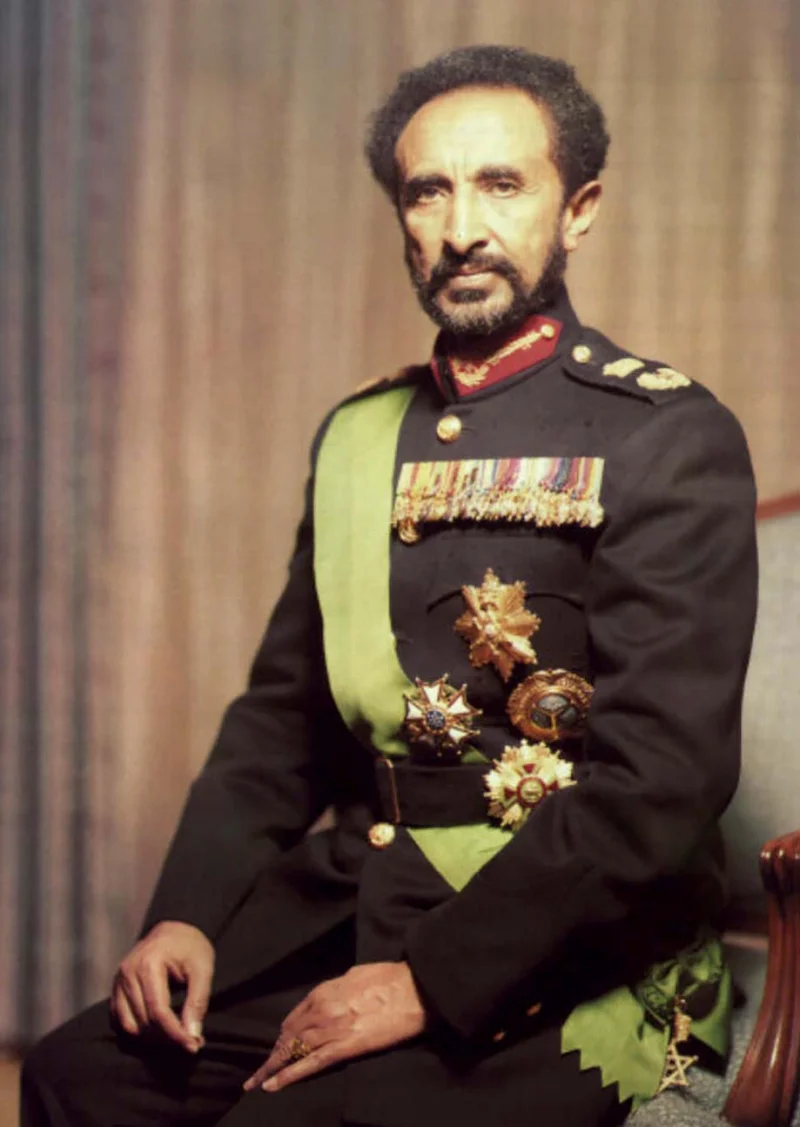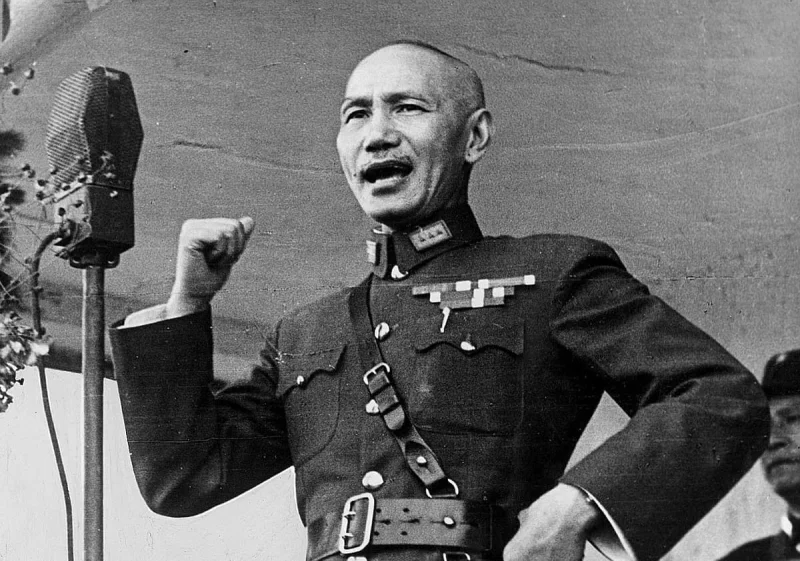Short Summary
Haile Selassie was the Emperor of Ethiopia from 1930 to 1974, renowned for his leadership during a time of significant change. He played a crucial role in modernizing Ethiopia and was a pivotal figure in the struggle against Italian invasion during World War II. Internationally, he is celebrated for his advocacy for African unity and his influence on the Rastafarian movement. His reign and policies have left an indelible mark on both Ethiopian history and global politics.
Early Life & Education
Born as Tafari Makonnen on July 23, 1892, Haile Selassie hailed from the Ethiopian aristocracy. His father, Ras Makonnen, was a governor and a close ally of Emperor Menelik II. Raised in the countryside of Harar, he received a traditional education alongside modern subjects, with a strong emphasis on Christian teachings. Exposure to both Ethiopian and Western ideas during his formative years shaped his worldview. His father’s influence and the education he received prepared him for the responsibilities of leadership, instilling in him a sense of duty and a vision for a modernized Ethiopia.
Career Highlights
Haile Selassie's political career began in earnest when he was appointed governor of Sidamo in 1916 and later, Harar. In 1930, he ascended to the throne as Emperor of Ethiopia. His reign was marked by efforts to modernize Ethiopia, including the establishment of a constitution, infrastructure development, and educational reforms. He became a prominent international figure when he appealed to the League of Nations for help during Italy's invasion in 1935. Post-World War II, he played a significant role in the establishment of the Organization of African Unity, promoting African independence and unity.
Major Achievements
- Oversaw the modernization of Ethiopia with infrastructure and educational reforms to bring the country into the 20th century.
- Successfully appealed to the League of Nations, raising global awareness of the threat of fascism during Italy's invasion of Ethiopia.
- Contributed to the founding of the Organization of African Unity, advocating for the decolonization and unity of African states.
Famous Quotes
- "Throughout history, it has been the inaction of those who could have acted, the indifference of those who should have known better, the silence of the voice of justice when it mattered most, that has made it possible for evil to triumph."
- "The preservation of peace and the guaranteeing of man's basic freedoms and rights require courage and eternal vigilance; courage to speak and act, and if necessary, to suffer and die for truth and justice."
Interesting Facts
- Haile Selassie's birth name was Tafari Makonnen, and he was later given the title "Ras," meaning "Prince."
- He was exiled to England during the Italian occupation from 1936 to 1941 but returned to Ethiopia with Allied support.
- The Rastafarian movement regards him as a messianic figure, and his legacy continues to inspire adherents worldwide.
- He was a member of the Solomonic Dynasty, claiming descent from King Solomon and the Queen of Sheba.
Legacy / Influence
Haile Selassie's legacy is multifaceted, encompassing his role as a pioneer of African unity and a symbol of resistance against colonialism. His efforts to modernize Ethiopia and his advocacy for collective African action laid the groundwork for future African leaders. Internationally, he remains a revered figure within the Rastafarian movement, symbolizing hope and resilience. His impact on Ethiopian culture and politics endures, inspiring future generations to strive for progress and unity.
FAQ
Q: Why is Haile Selassie famous?
A: He is famous for being the Emperor of Ethiopia, modernizing the country, and advocating for African unity.
Q: What was Haile Selassie's role in World War II?
A: He appealed to the League of Nations for help against Italian invasion and returned to Ethiopia with Allied support to reclaim his throne.
Q: How is Haile Selassie connected to the Rastafarian movement?
A: He is regarded as a messianic figure and symbol of hope within the movement, embodying ideals of resistance and empowerment.









